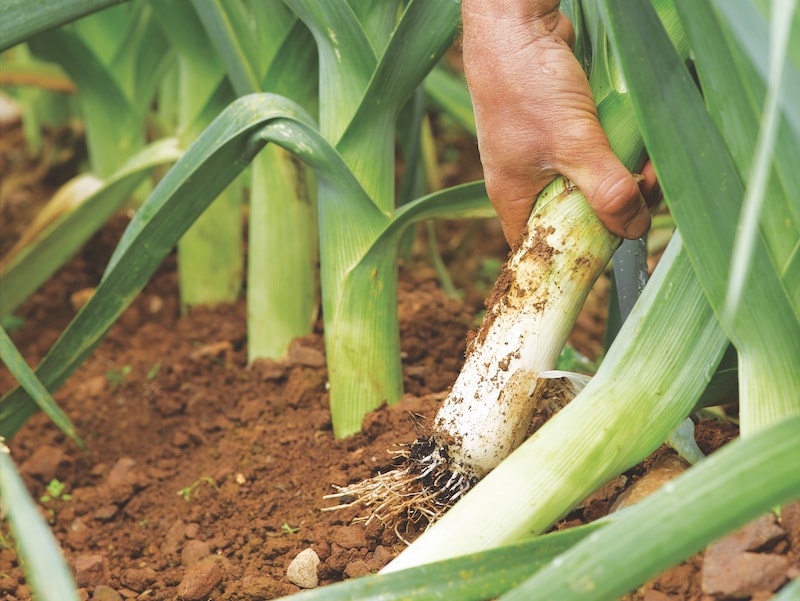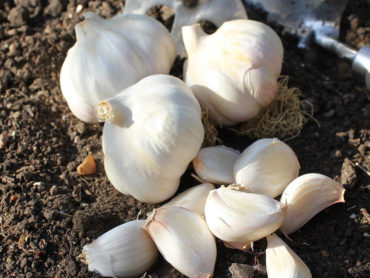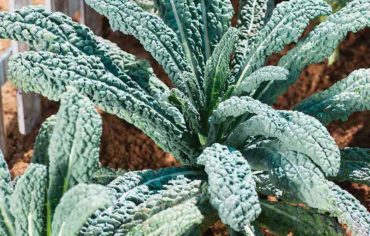A traditional favourite, leeks are frost-tolerant, low-maintenance and delicious in a variety of recipes. We’ve gathered a wealth of independent, expert advice to help you grow this versatile vegetable at home. Whether you’re a complete beginner or a seasoned grower, you’ll find plenty of helpful tips amongst these articles, videos and Instagram posts.
Ready to start growing? Browse our excellent range of leek seeds, or order some leek plants to give yourself a strong head start.
Contents:
- Best leek varieties to try
- Best advice on sowing leek seeds
- Best advice on planting out leeks
- Best advice on caring for leeks and avoiding problems
- Best advice on harvesting and eating your leeks
Best leek varieties to try
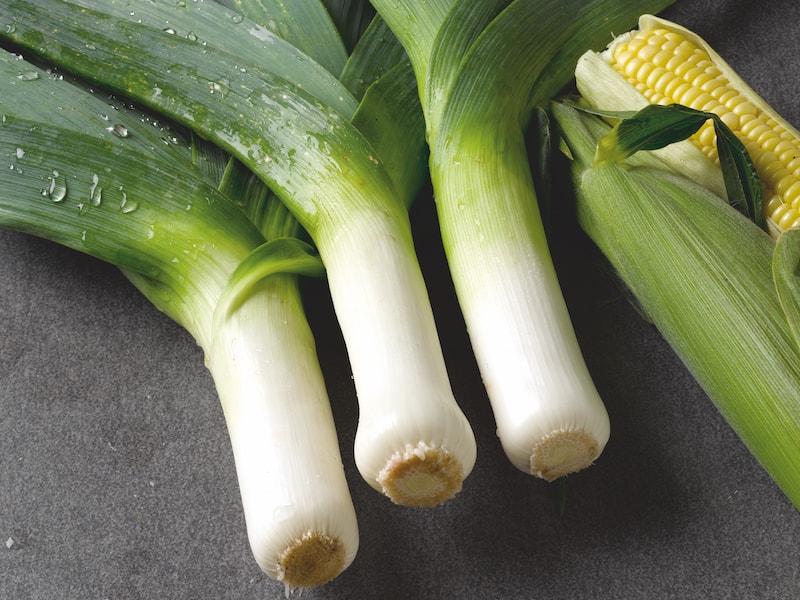
Image: Leek ‘Musselburgh’ seeds from Thompson & Morgan
There are several varieties of leek to choose from, explains John of Allotment & Gardens. Leeks are available as early-, mid- and late-season varieties, and his top tip is to “sow seeds from each group to extend the cropping season.” Learn more about his favourite varieties and how to grow them.
Liam of Allotment Book prefers to grow late varieties of leek, harvesting them through winter and into spring. Not only does this produce larger leeks, it also gives Liam something to eat at a time of year when fewer crops are available. “Leeks come into their own during this period, as they’re extremely hardy and can be left standing on the plot until needed,” he says. Read the full article to find out why he lets a couple of leeks flower each year.
Best advice on sowing leek seeds
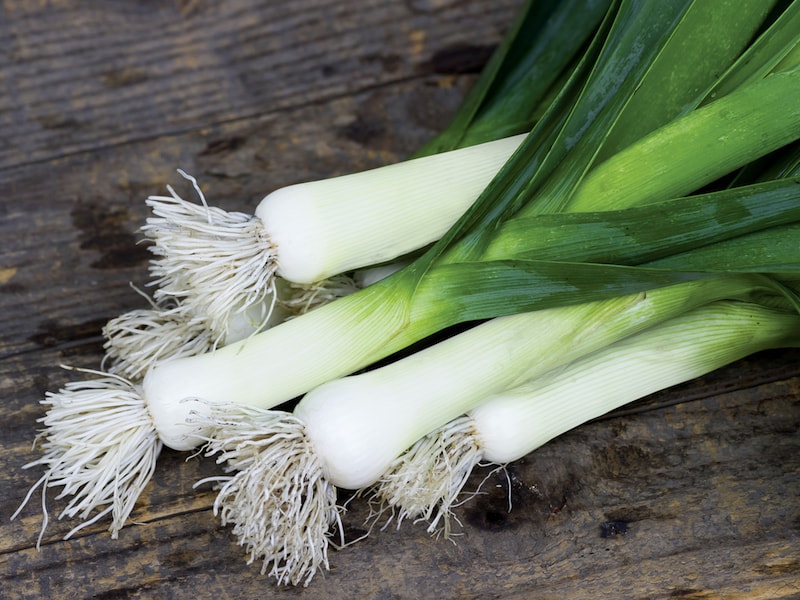
Image: Leek ‘Chefs White’ seeds from Suttons
Liz Zorab of Byther Farm likes to sow her leek seeds in fine rows in trays. When they’re ready to move outside and grow on, she simply cuts the compost into strips with a sharp knife and transplants the entire row into the waiting soil. Watch her full video for more top tips.
Charles Dowding advocates the ‘clump’ sowing method for leeks. In this excellent video he demonstrates how to sow several leek seeds into each module before planting them out as a ‘clump’ instead of thinning the seedlings. This method allows you to grow lots of leeks in a small space, as well as saving on the amount of compost used when sowing. Watch his video for an easy introduction to this no-dig method.
Get a large tray of leek seedlings started in a heated propagator and you’ll be able to transplant the whole lot in one go, says Steve of Hector Grows Veg. The seedlings develop a dense root mat which allows him to remove them from the tray as a solid block. After growing them on outside for 3-4 weeks, watch as he shows how to separate the young leeks ready to plant into their final positions.
Leeks are easy to raise from seed, but grow quite slowly, so it’s “often easier to buy them as baby plants to get a bit of a head start on the growing season,” says Carol over at The Sunday Gardener. Read her full article on how to grow leeks to learn her secret to larger, fatter leeks with extra long white stems.
Best advice on planting out leeks
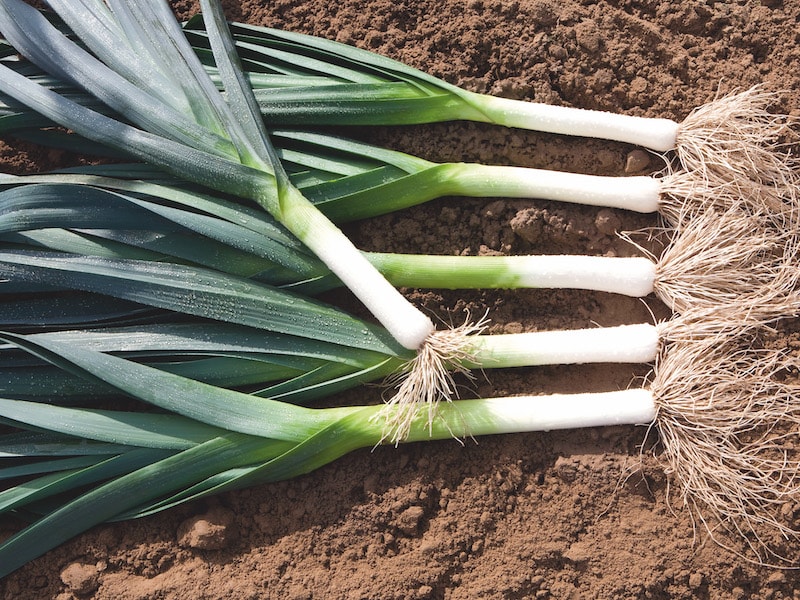
Image: Leek ‘Lancelot’ seeds from Suttons
Dan of Allotment Diary plants his young leeks at a depth of 6-7 inches, dropping them right to the bottom of each hole to encourage a good growth of stem underground. Planting leeks deeply makes the stems “nice and white..and tender, instead of being bitter when they’re exposed to the sun,” he explains. Watering in correctly is vital, says Dan. Check out his modified watering-can that makes the job easier.
“Toilet rolls are a critical accessory if you want to grow healthy, crisp, delicious leeks,” says Trev over at Garden Doctor. He uses these biodegradable cardboard tubes to collar his leeks, which keeps sunlight off the growing plants and produces the long, white stems preferred in cooking. Read Trev’s informative article for many more top tips.
Kev of @kevs_allotment_ takes a similar approach, collaring his leeks with foam sleeves to help with blanching. A multiple leek show winner, Kev grows a wide range of fruit and veg on his Northumberland plot – check out his Instagram account for inspiration and advice.
Over at Home Grown Veg, Jimproves that you don’t need loads of space to grow leeks. Making use of buckets and other containers, he’s also had particular success growing leeks in yogurt pots, as you can see in his YouTube video. Intrigued? Take a look for yourself and see how he produces a perfect 9-inch leek in a 5-inch yogurt pot!
Best advice on caring for leeks and avoiding problems
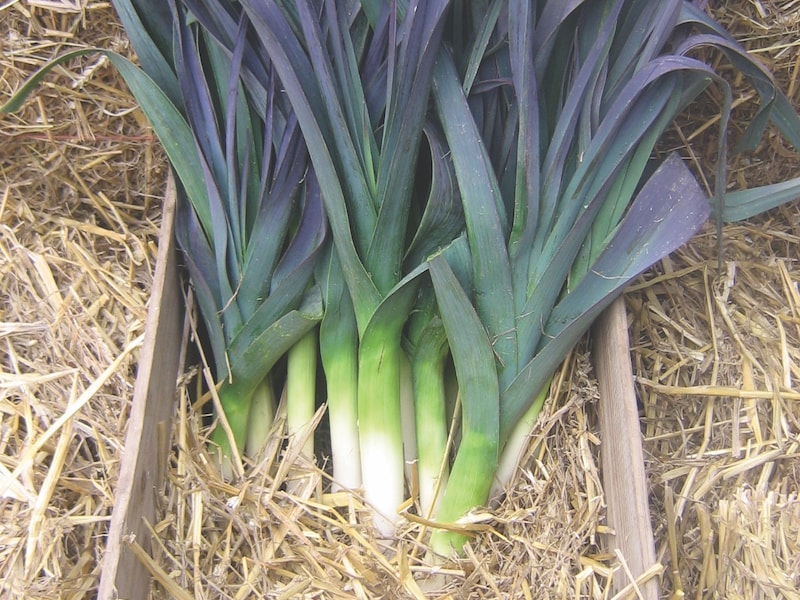
Image: Leek ‘Northern Lights F1’ seeds from Suttons
Although generally hardy, leeks can still suffer from fungal and insect attack. No-dig gardener Stefan of Bite Sized Gardening finds that “the best defence against pests and diseases is to grow healthy crops in a healthy soil.” To avoid leek rust, he recommends plenty of space for your leeks, as “dense planting encourages the conditions that suit rust.” Formally a commercial leek grower, Stefan’s article reveals a treasure-trove of trade secrets!
Allium leaf miner is a relatively new problem here in the UK that can devastate your crops of leeks, garlic and onions – so heed Sandra’s warning over at The Event Gardener and keep an eye out for this pesky little moth. She recommends covering your leeks with fleece during the times of year when the moths are active. Read her article for tips on how to spot allium leaf miner and prevent future attacks.
After her leeks were attacked by allium leaf miner, urban gardener Rachel Greenhill plans to “keep any alliums persistently netted” to protect future crops. If you’ve never encountered the problem, she explains that “the leaf miner actively lays its eggs in the stem and the maggots burrow in, then allow secondary fungal infections to get in too.” Follow her Instagram account, @rachels.allotment, to see if her new method succeeds.
Generally a low-maintenance crop, allotmenteer Tanya found she needed to water her leeks every week to keep them growing during the very hot and dry summer. Her dedication has clearly paid off and hercrop looks really healthy. Visit Tanya’s Instagram account, @tanyalole, to see her inspiring photos and pick up delicious foodie tips!
Best advice on harvesting and eating your leeks
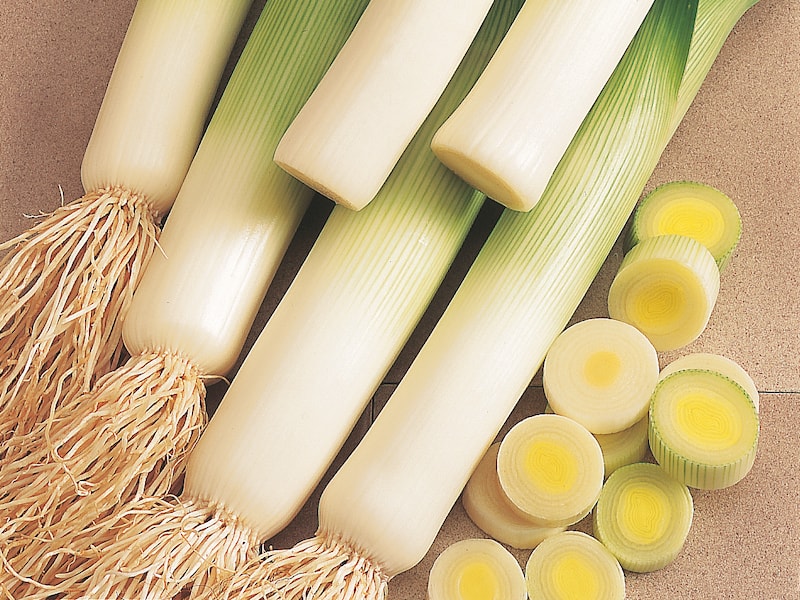
Image: Leek ‘Lyon – Prizetaker’ seeds from Suttons/©Branded Garden Products
Cornwall-based gardener Rebecca at @theoldgranarygardens is pleased with the progress of her leeks. Grown in clumps using the no-dig method, they’re frost-hardy so she simply harvests as required, leaving the rest in the ground through the winter to grow on. As you can see from this photo of her leek patch, her multi-sowing and clump-planting method is “brilliant for growing a large amount of produce in a small space”.
Helen puts the last of her leeks to excellent use by making a goat’s cheese and leek tart, which looks incredible paired with a fresh mixed salad. Take a stroll through her Instagram photos over at @homestylehelen to see what else she grows in her inspirational new vegetable garden.
Don’t throw away the spidery roots of your leeks – they’re edible! Head over to the Instagram account of organic gardener @danmattclark for the full method. He coats his leek roots in a seasoned batter before frying them and using them as a soup topping. But why stop there? “If you have lots of them, make the most delicate onion bhaji you’ve ever eaten,” he enthuses.
Now that you’ve heard from the experts, why not try growing your own leeks at home? Homegrown leeks are so much tastier than shop-bought and hugely satisfying to grow.
Lead image: Leek ‘F1 Sprintan’ seeds from Suttons/©Thompson & Morgan
Last Updated on December 11, 2024 by Suttons Horticultural Team

